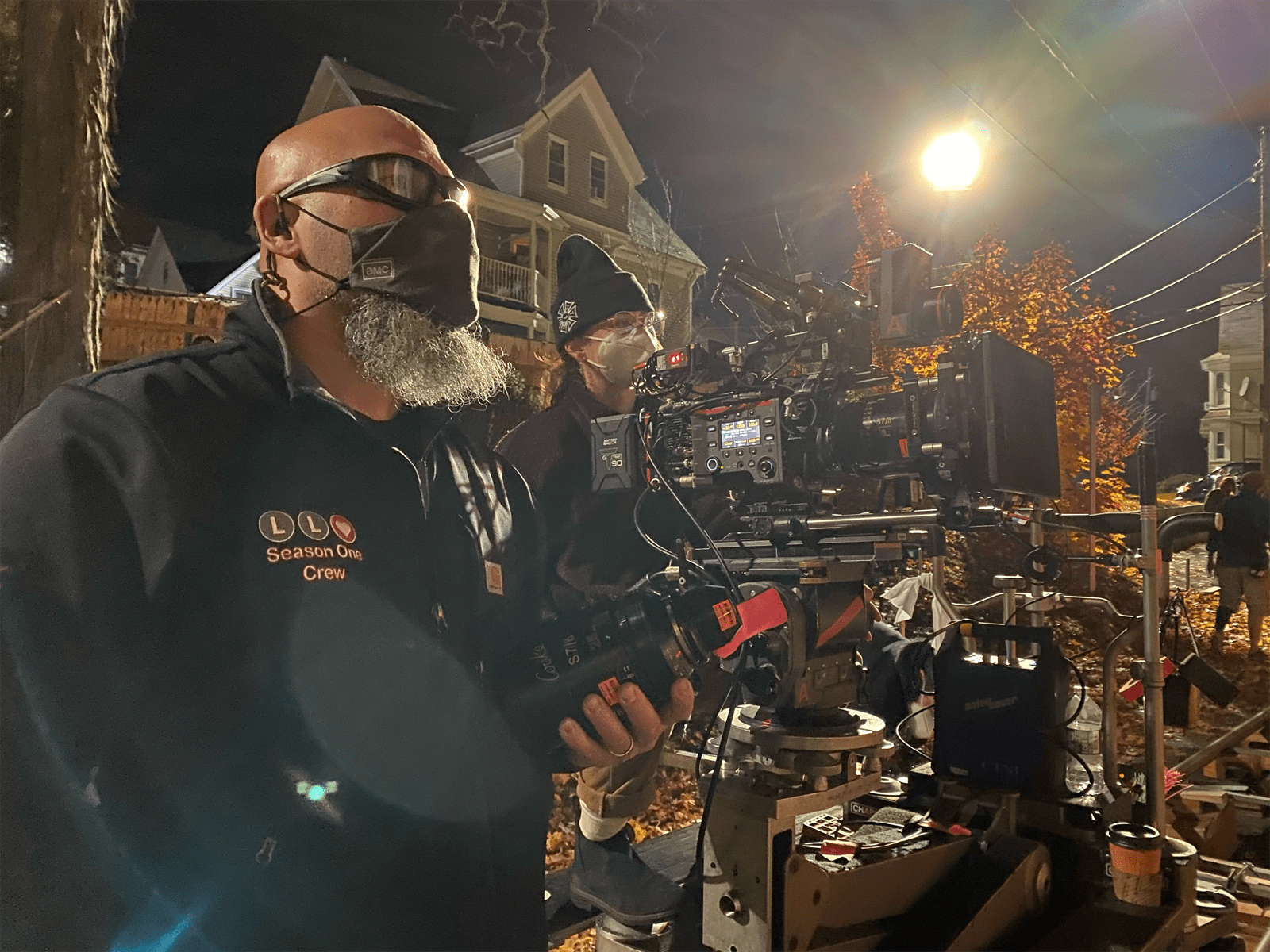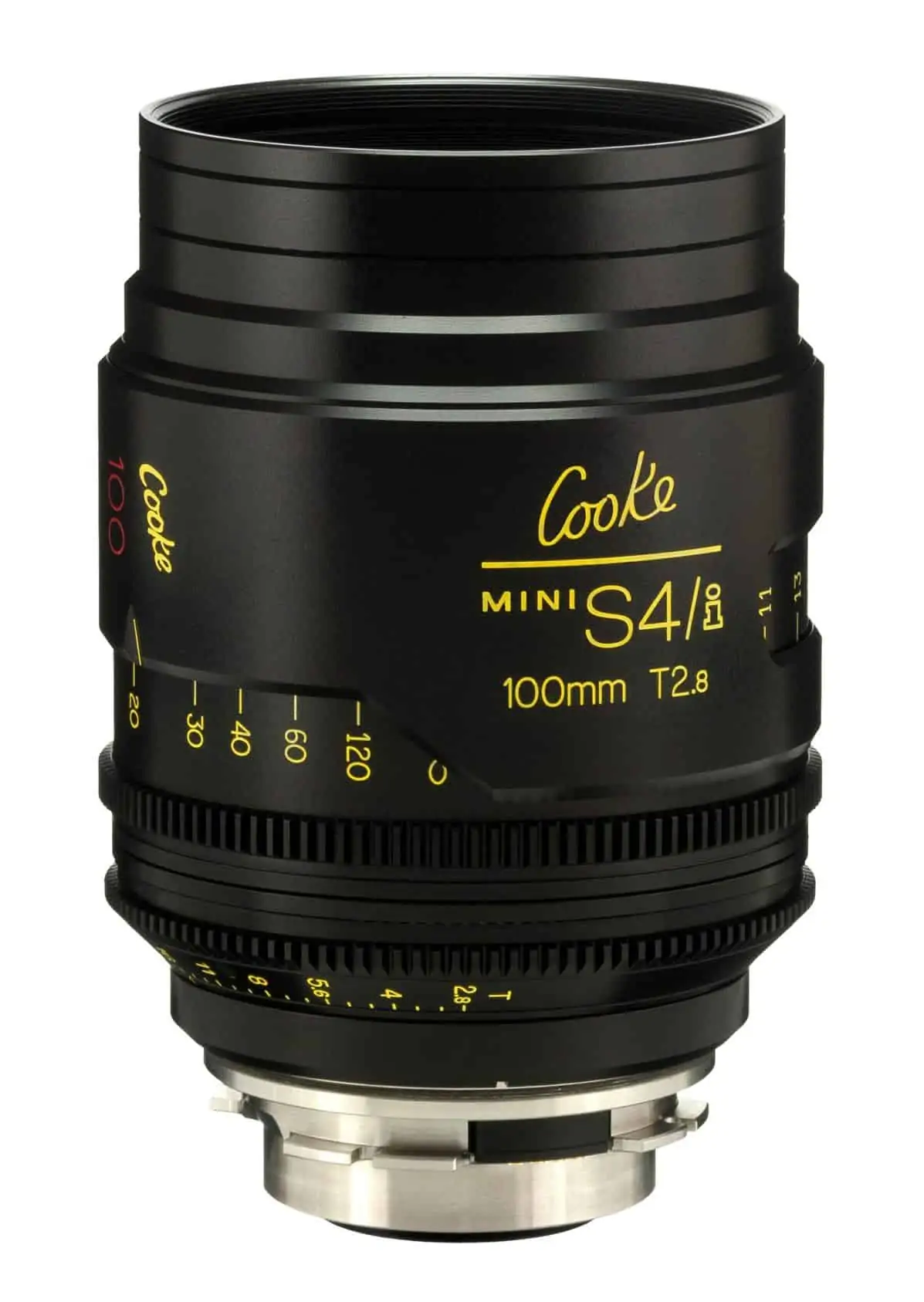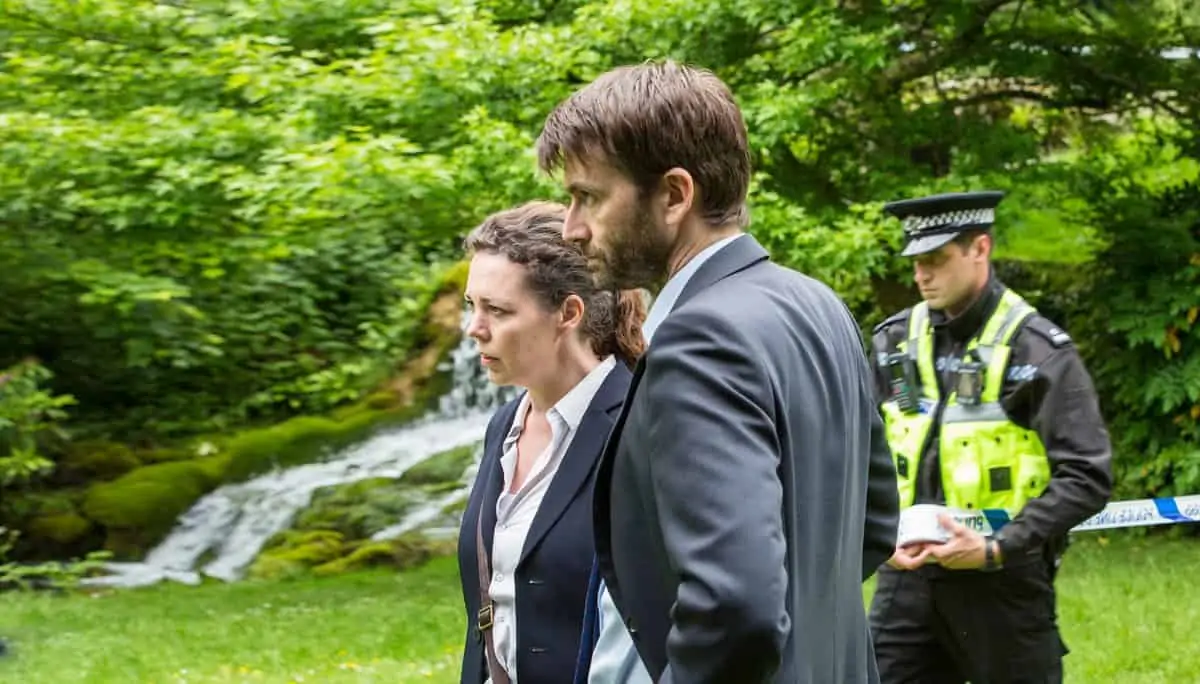Cooke Optics’ lenses bring reality to the dual worlds of AMC’s Kevin Can F**k Himself
Jun 16, 2021

In the comedic dual worlds of Kevin Can F**k Himself, coming to AMC in the summer of 2021, cinematographer Adrian Peng Correia relied on Cooke Optics S7/i Full Frame prime lenses for the striking visual voice of reality as opposed to the surreal world of the 4-camera sitcom world.
Kevin Can F**k Himself is the story about a woman (Annie Murphy) who keeps playing a perfect housewife. Then, one day she realises what she wants: to kill her husband.
“This story is from the perspective of the wife, Annie’s character, and how she sees the world,” said Correia. “She sees her world in two ways — and from a visual standpoint, they are very specific: her reality and in the world of a multicam sitcom. In reality, the sun never reaches into the room. In the sitcom world…we relied on the collective cultural idea of the look and tweaked that legacy a bit.”
Season one’s 8-episodes feature cutaways from reality, but viewers never truly leave the multicam sitcom world, with cutaways that range from 40 to 60 percent of each episode. “With viewers jumping in and out of reality, we needed reality to have a very specific look, that’s why I went with the Cooke S7/i lenses. It was an opportunity as a cinematographer to really take off and have a voice,” according to Correia.
That voice started during pre-production, with Steven Porter, supervising colourist at MTI Film who worked with Correia to create LUTs for both worlds. Reality would be desaturated in the camera and further tweaked in post. The sitcom world would be bright and colourful…like a sitcom.
“I was brought in as a replacement DP, primarily due to Covid having shut everything down and the original DP no longer being available,” said Correia. “Some work had been done for the sitcom look pre-COVID, but we ended up redesigning most of the lighting layout. I really like to know as much as I can about the look before starting photography, because in our new world, you never know what can happen. That’s why having those LUTs was imperative. Plus, I had never done a multicam sitcom look before.”
To help get as knowledgeable as possible about lighting and shooting a sitcom, Correia reached out to friend and former Will & Grace DP cinematographer Gary Baum, ASC and ‘Bob Hearts Abishola’ DP Patti Lee, ASC. “I got as many pointers and ideas as I could to arm myself. Plus, using the extensive knowledge base available through the ASC,” said Correia.
For the single camera reality world, Correia came into the project with specific looks already determined during pre-production. “They wanted to do a more grounded, gritty look, but I was able to add my style of elevated naturalism, with more expressiveness in the lighting. The original plan for the single cam — actually two cameras for coverage — was to use the ARRI ALEXA Mini, but to use four Sony F55s for the sitcom. I wanted a similar imager to the sitcom cameras, so we went with Sony Venice cameras, with everything shot in 16×9.”
When it came to the lenses for the reality world, Correia knew exactly what he wanted and why. “I needed dimensionality to offset the photographically flat multicam sitcom world, especially for faces. I absolutely love how the S7/i lenses render faces, especially having used them on The Flight Attendant. Those full frame lenses make performances pop, regardless of the performer. As an example, Kaley Cuoco’s character in The Flight Attendant has an outward and comedic personality, while Annie Murphy’s character here in Kevin Can F**k Himself goes on a psychologically fracturing journey that is more muted and insular, peppered with outbursts of absurdity and drama. The dimensionality of the S7/i lens peers into those nuances in her face.”
Correia’s Cooke S7/i kit consisted of the 18mm, 21mm, 25mm, 32mm, 40mm, 50mm, 65mm, 75mm, 100mm, and 135mm lenses, but there were lens changes during production. “I had the 135mm but wasn’t using it, so I sent it back for an extra 32mm and 40mm, but the 21mm still wasn’t available until we were in our second episode…then wow! We used it a lot for most of our wides, without any real distortion issues. I love the way it rendered the lines on the set. Everyone loved them, from Shannon Madden my A-camera operator to Joel San Juan who did B-camera and Steadicam.”
While the 21mm became Correia’s go to lens for wides, his close-up work used mainly the 25mm, 32mm and 40mm. He also favoured the 65mm for very dramatic moments.
“One of the nicest things about Cooke lenses is the information that you can get from them, both on-set and having it be recorded for VFX and CGI work,” said Correia, referring to Cooke’s /i Technology lens metadata. “Today, you want more from a lens and that’s where Cooke delivers. Just by looking at the monitors, I know where my stops are instead of having to radio my assistants. You have more control where everything lands and a more streamlined workflow. All data is useful, even just the option is powerful to me, even if I don’t use everything—I can do my job better. Knowing a 2.8 is a 2.8 and understanding what my lenses are doing is invaluable.”
Cameras and lenses were provided by rental company PRG Gear. Both the reality and multicam sitcom worlds were shot south of Boston at Stalwart Productions, in an unassuming warehouse-looking studio in Randolph, MA.
“I was lucky with Kevin Can F**k Himself as Valerie Armstrong, the show’s creator, is a relative by marriage — she’s the niece of my sister-in-law. So, when their original DP took another show, I was able to do an interview — no free rides here — and I got the job.
It was actually great working with a relative; Valerie is brilliant and very specific. She knows what she wants, gives clear direction and has great taste. We did have some growing pains between what is each world — especially with the multicam look, the nature of the colour palette, plus comparing to other sitcoms. Finding a specific endpoint for the cinematography is one of the joys of the birthing process of a show.”



















